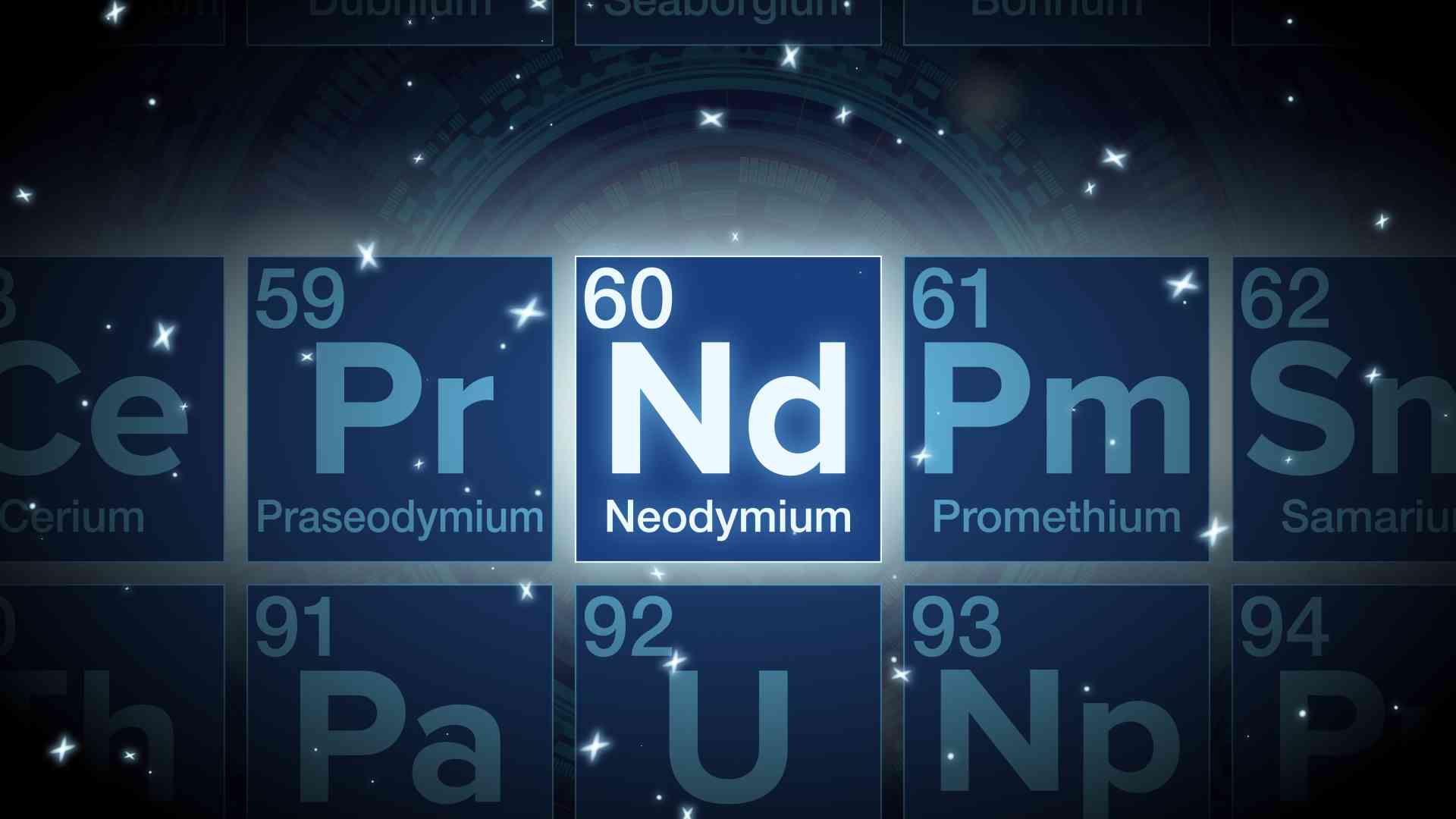Podcast – Boron and Rare Earth Magnets
Today we will look at rare earth magnets and how ‘boron inside’ helps make them productive and efficient. We will focus on neodymium magnets as boron is a key ingredient in their ability to perform.

Opportunities for the use of neodymium magnets are growing. There is demand for more efficient and environmentally friendly products that use neodymium magnets to help reduce expense, improve reliability, and extend maintenance intervals.
Neodymium magnets are playing an increasingly important role in many industries. These rare earth magnets are used in data storage, hard drives, computer, cell phones, MRI machines, and motors.
They are also used in many green energy applications due to their efficient magnetic properties, such as wind turbines.
Rare earth magnets can be made from one of five different magnet materials: Neodymium-iron-boron (N42), Samarium Cobalt (SmCo 2:17), Alnico (Alnico-5), Ferrite (Ferrite-8), or Magnetic Rubber (Grade Y).
While grade N42 neodymium magnets are more commonly used, grade N52 magnets are even stronger. Neodymium and samarium are two of the 17 rare piles of earth that are ferromagnetic as both these magnets have inherent magnetic properties and thus can be easily magnetized.
These elements are mined, refined, and then merged with other materials, including, of course, boron, and iron, or cobalt, to form strong magnetic alloys.
Neodymium, iron, and boron, then, are the core minerals in neodymium magnets. Praseodymium is another rare earth element that can also be used to replace some of the neodymium in magnets.
As a result, neodymium magnets are also referred to as NdPr magnets.
Neodymium magnets are known for their strength and are ideal for use in electric vehicles or EV motors. According to Adamas Intelligence, NdPr magnets are used in 90% of electric vehicles or EV motors.
Samarium cobalt magnets are also gaining popularity due to their resistance to high temperatures. These can withstand temperatures ranging from -270°C to 350°C and are highly corrosion-resistant.
Global market demand for rare earth magnets is increasing as the electric vehicle and renewable energy industries drive demand.
But the supply chain remains a source of concern as China controls the majority of global production and has been known in the past to affect supply and demand through its dominance.
Asia Pacific leads the market with over 85% of all revenues in 2020, and demand in the China market is behind Asia Pacific’s sheer volume and growth.
Factors that influence the advancement of the neodymium industry in China are the fabrication of permanent magnets, the expansion of the electric vehicle industry, the boost in wind energy installations, and the large volume formation of electronic products.
China has also driven growth in rare earth minerals industry production by reducing production costs in recent years. And looking forward, as neodymium demand grows, end-user investments in the neodymium value chain are expected to open new vendor opportunities.
Several medium-sized and large companies are investing in the infrastructure of new magnet manufacturing plants in China. For instance, Guangsheng, a Chinese rare earth manufacturer, proposed constructing a manufacturing plant for NdFeB permanent magnetic material in March 2021. This USD 206 million project is expected to generate 8,000 tons annually.
And that’s all for today. For more on rare earth magnets and boron, please go to borates.today and check out the articles on boron, borates, and advanced energy. Thanks for listening!





